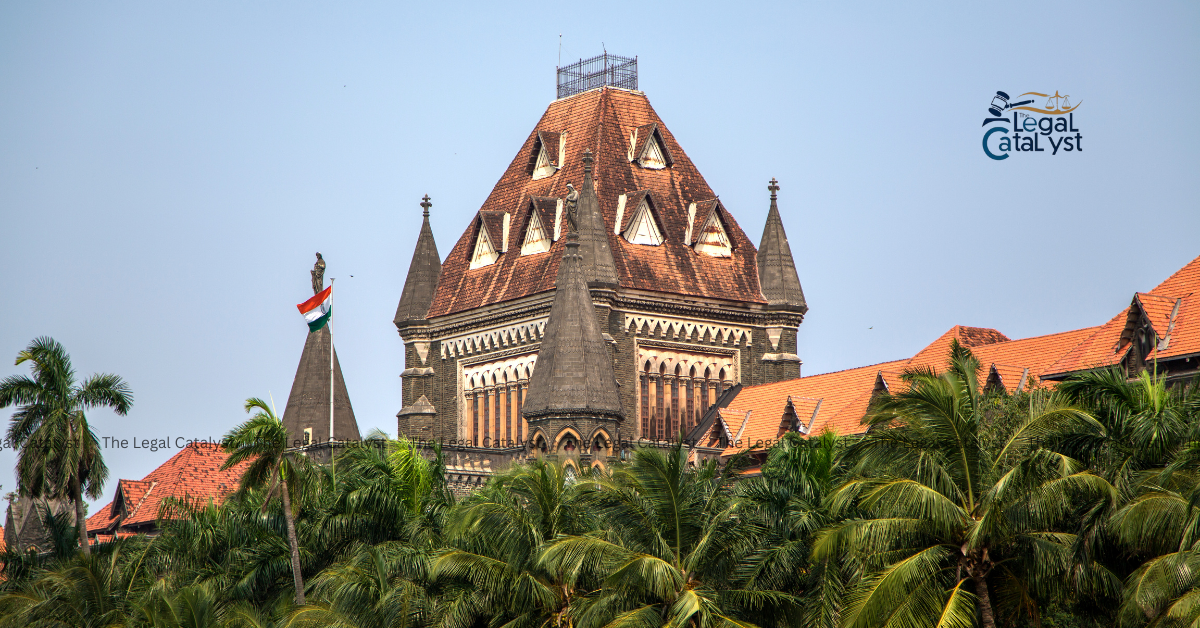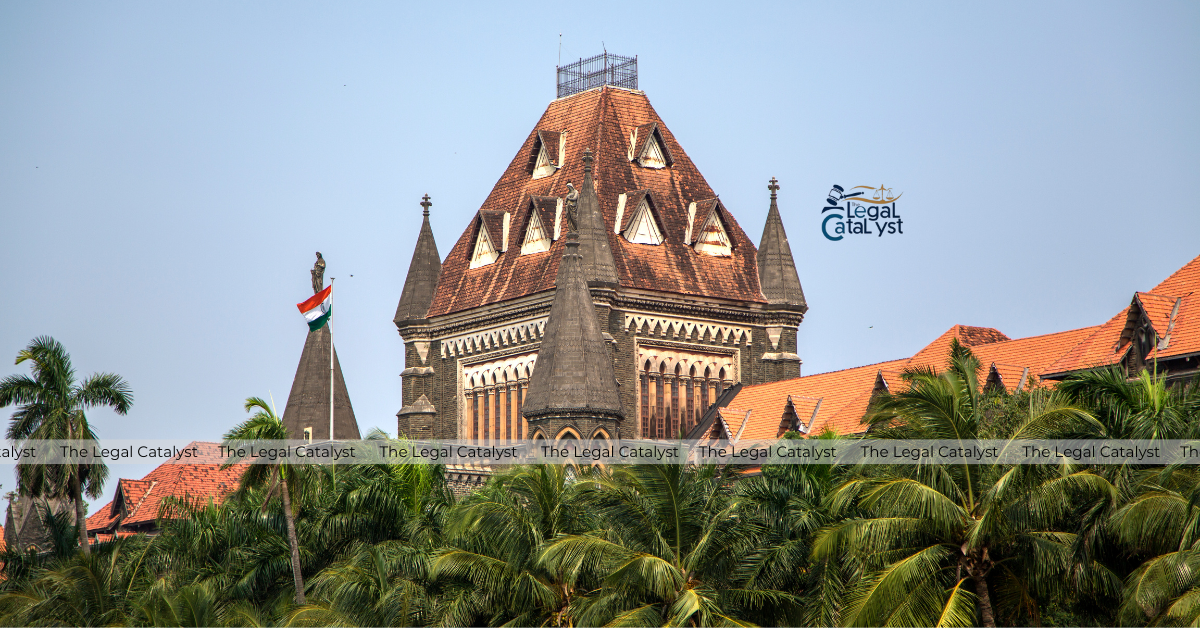The Bombay High Court on Tuesday permitted the construction of a ₹229 crore passenger jetty. They also allowed the construction of a terminal near the iconic Gateway of India. This is subject to specific conditions. These conditions are intended to preserve the surrounding heritage and environment. The ruling was given by a Bench with Chief Justice Alok Aradhe and Justice Sandeep Marne. They decided this while disposing of two public interest petitions challenging the project.
The Clean and Heritage Colaba Residents Association (CHCRA) filed the petitions. A few residents of Colaba and Cuffe Parade joined them. They raised concerns about heritage conservation. They also mentioned the lack of public consultation and potential traffic congestion.
Court-Imposed Conditions
While allowing the Maharashtra Maritime Board and State authorities to proceed with the development, the Court laid down several restrictions:
- The amphitheatre proposed as part of the terminal must be used only as a seating area. It is not for entertainment or performances.
- The café facility at the terminal may only serve water and packaged food. It is barred from offering full dining services.
- The existing jetty currently in use must be phased out gradually to avoid overlap and congestion.
The Court also expressed concern over the absence of a sewage treatment plan. It urged the authorities to adopt a sustainable and environmentally responsible approach to the construction and operation of the terminal.
“The pursuit of development is not an affront to the environment when it walks the path of sustainability,” the Court observed in its order.
Connect with us on Instagram – X – LinkedIn for daily updates, quizzes, and other materials.
Project and Objections
The proposed terminal includes a new jetty designed like a tennis racquet. It features VIP lounges, waiting rooms, ticketing areas, administration zones. It also includes parking for 150 vehicles. Petitioners argued that part of the sea-facing wall near the Gateway promenade would be demolished. This demolition would provide access. Such changes affect the historic site’s integrity.
They also alleged that the approval process lacked public participation, and questioned the issuance of a No Objection Certificate (NOC) by the Mumbai Traffic Police given the area’s chronic congestion.
Government’s Stand
Appearing for the State, Advocate General Birendra Saraf defended the project as one of vital public importance, claiming that all statutory approvals were obtained legally. The Maharashtra Maritime Board also described the development as crucial for easing travel congestion and promoting marine connectivity.
The government informed the Court that the contract was awarded on October 3, 2024, and the work order issued on October 11, 2024.
Ultimately, the Court chose to strike a balance between development and preservation. The project was greenlighted, but constraints were enforced. This ensures that environmental and heritage considerations are not sidelined.
Also Read
Difference Between Writs and Appeals: Understanding Legal Remedies in India
Kanwar QR Code Controversy: Supreme Court Challenge Sparks 5 Urgent Legal Questions




